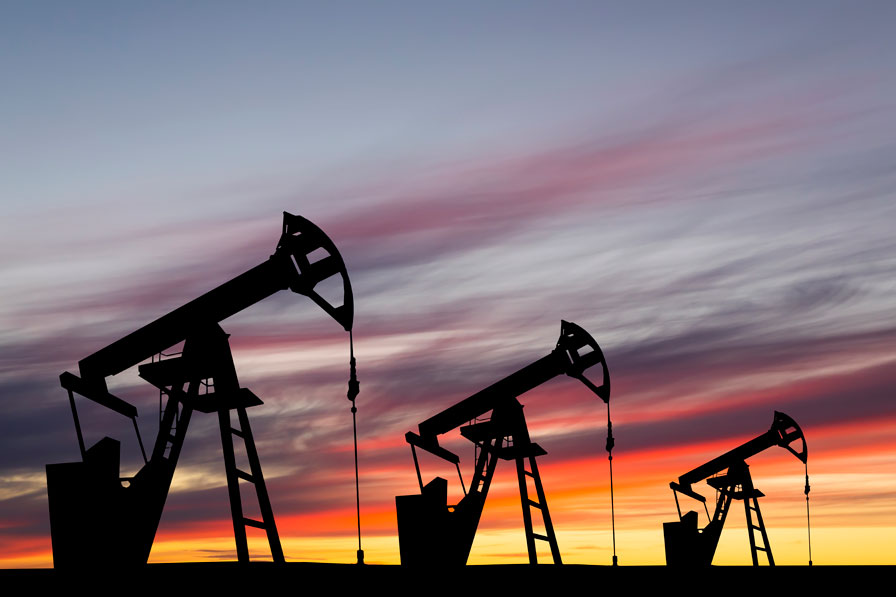We have a very low ecological footprint

Faced with the climate emergency, our company must rise to an enormous challenge: to produce local, non-intermittent, reliable, and virtuous energy. With renewable gases, we have many assets at our disposal to achieve this.
Controlling global warming calls not only for global policies but also for a wide variety of local initiatives. As they are closely linked to regional development, renewable gases can be a driving force in the French energy transition.
Changing our lives by giving our waste a second life
ne of the distinguishing features of renewable gases is that they are energy that comes from a multitude of sources. Thanks to various proven production techniques (anaerobic digestion) or more innovative techniques (pyrogasification, hydrothermal gasification), our waste has become a recoverable and virtuous resource that can reduce our ecological footprint.
Waste can come from agriculture, the agri-food industry, mass catering, household waste or green waste collection, waste water treatment plants, non-hazardous waste storage facilities (NHWSF), etc. Even certain non-recyclable waste (plastics, waste wood, recovered solid fuels) can be used, avoiding the need for incineration or landfill.
Renewable gases also offer opportunities to recover other forms of energy. Thanks to Power-to-Gas, surplus electricity from renewable sources (wind, solar) can be transformed into hydrogen via electrolysis of water. By combining this hydrogen with captured CO2 (from neighbouring industrial sites for example), we can create a synthetic gas that can be injected into the gas networks and can be stored.
Production that protects our planet and our health
While renewable energies are gradually transforming France’s energy mix, we are still very dependent on fossil fuel resources. They continue to heat our homes, fuel our cars… and increase our ecological footprint.
Although nitrogen oxide (NOx) emissions have been decreasing for twenty years now, limiting their impact on our health and our environment remains a priority in France and in Europe. NOx mainly comes from road transport, industry, and energy production. Renewable gases provide an alternative for these sectors that is better for both our planet and our health.
The same applies to greenhouse gas emissions. For each megawatt hour (MWh) of biomethane produced, injected, and consumed, 0.2 tonnes of CO2 are saved compared to natural gas. A 100% renewable gas energy mix would prevent direct emissions of approximately 63 Mt of CO2/year by 20501.
Renewable gases also benefit our land
For agriculture, renewable gases also produce digestate, a fermentation residue resulting from the anaerobic digestion process.
Made up of a mixture of nutrients (nitrogen, phosphorus, potassium), residues and organic materials that can’t be methanised, digestate is environmentally friendly for a number of reasons. As it is rich in plant nutrients, it makes an excellent fertiliser for agricultural crops, which can be substituted for chemical fertilisers.
Spreading digestate offers several advantages. Digestate has good fertilising power, better than conventional slurry for example. Its unpleasant odour is reduced, as is the presence of pathogenic germs (streptococci, etc.). Farmers, however, must ensure that the composition of digestate is consistent with that of recognised fertiliser material, so as not be considered waste2.
Renewable gases guarantee environmentally sustainable development and give the greatest number of people access to reliable and virtuous energy. Like our energy sovereignty, our ecological responsibility also inevitably relies on renewable gases.
1 ADEME
2 The composition of dry matter, nitrogen, phosphorus, potassium, microbiological indicators, etc. in particular, is monitored.

